A Meeting I’ll Never Forget
In February 2025, I met Ikramul Hasan Shakil Bhai. He was calm, smiling, and full of excitement. He shared a plan with me that, honestly, felt almost impossible — to walk from Cox’s Bazar to Mount Everest and climb to the top. I was afraid for him. I told him maybe he shouldn’t go because of the dangers, the distance, the pressure. But Shakil only laughed. Not because he didn’t take it seriously, but because he already believed it could be done. Today, he has proved me — and many others — completely wrong.
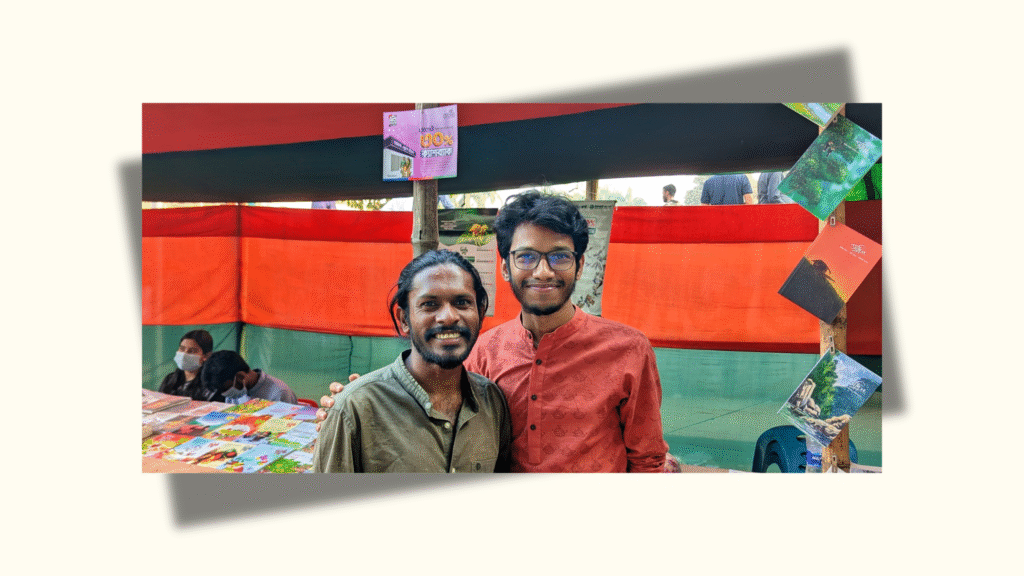
84 Days, 1,400 km, and the Roof of the World
On 19 May 2025, at exactly 6:30 in the morning, Shakil stood at the very top of the world — on the summit of Mount Everest. After 84 days of walking, swimming, climbing, and pushing through pain, he completed his “Sea to Summit” mission. He started his journey at Inani Beach in Cox’s Bazar and reached the 8,848-meter-high Everest peak with the Bangladeshi flag in hand. Along the way, he crossed over 1,400 kilometers of land and snow, including a 3 km swim across the mighty Jamuna River. He passed through cities, villages, borders, and dangerous mountain routes. He walked through Chattogram, Cumilla, Dhaka, Panchagarh, India, and finally into Nepal.
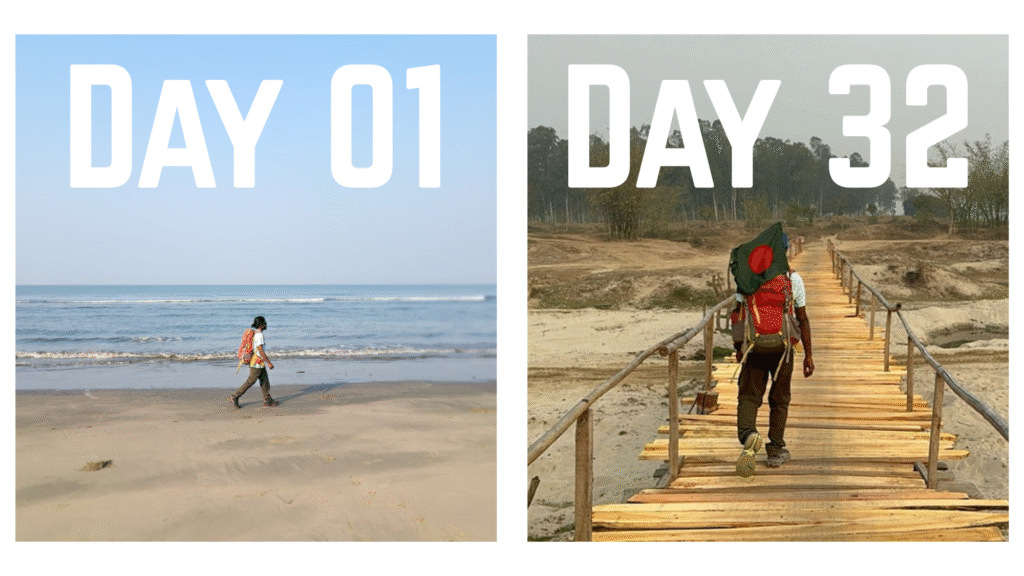
More Than a Climb — A Mission to Save the Earth
But this journey wasn’t just about climbing a mountain. It was about sending a message — about climate change, plastic pollution, and the responsibility we all share for the planet. Shakil spoke with local communities during his walk. He explained how plastic waste is killing our rivers, seas, and mountains. He reminded everyone that if we can conquer the tallest mountain, we can also fight environmental damage and change our behavior.
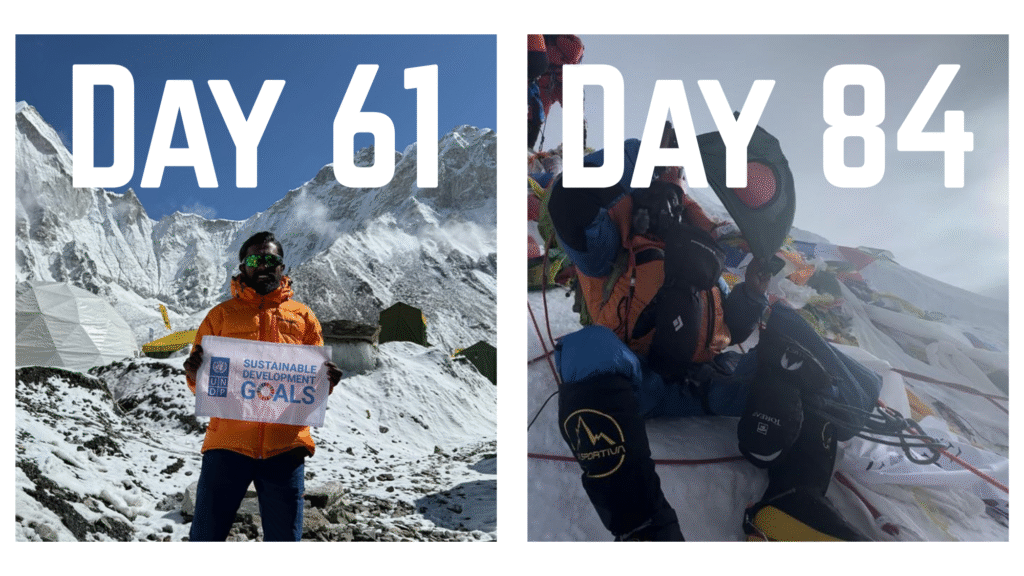
From the Heart of the Climber
In his own words, Shakil said, “This wasn’t just my dream — this was a message. From the sea to the summit, I wanted to shout: this Earth is ours, and it’s our duty to protect it.” He said that standing on Everest, he wasn’t just a climber. He felt like a representative of many emotions, sacrifices, and dreams. In another interview, when asked what he gets from these painful journeys, he simply said, “I’m the son of a farmer. When I achieve something, I see pride in my mother’s eyes. That’s my reward.” His words reflect not just passion, they show a deep connection to his roots and to his country.
A Journey That Could Break World Records
The Sea to Summit journey has only been completed once before — by an Australian mountaineer in 1990, who took 96 days. Shakil did it in just 84 days. If Guinness World Records confirms it, he will be the fastest person ever to complete this expedition. He is also the youngest Bangladeshi to do so. But even before any record is confirmed, he has already created history for Bangladesh.
The Struggle Behind the Success
Yet behind this success lies another difficult reality. Climbing Everest is not just physically hard — it’s financially exhausting. Shakil, like many other Bangladeshi adventurers before him, faced huge struggles raising the money. In fact, most climbers from our country face rejection after rejection when asking for sponsorship. Some even go so far as to mortgage their passports in Nepal or return home without enough money to pay for travel. This part of the story is rarely told, but it’s just as important.

Sponsorships, Sacrifices, and Silent Heroes
Shakil managed to complete his expedition thanks to donations, crowdfunding, and help from a few brands such as PRAN Group, UNDP, Mr Noodles, and Makalu-E-Traders Nepal. But he began the journey with financial uncertainty. He walked and climbed with no guarantee that the funds would be enough. That makes his success even more incredible.
Where Is the Support System?
Unfortunately, there is little to no support from Bangladesh’s mountaineering federation. Although the country has a federation that is approved by the Bangladesh Sports Council and recognized by the international body UIAA, most Bangladeshi climbers say they have never received training or financial help from them. Even the founders of major trekking clubs have said they never felt any benefit from the federation. This gap must change if we want more Shakils to rise.
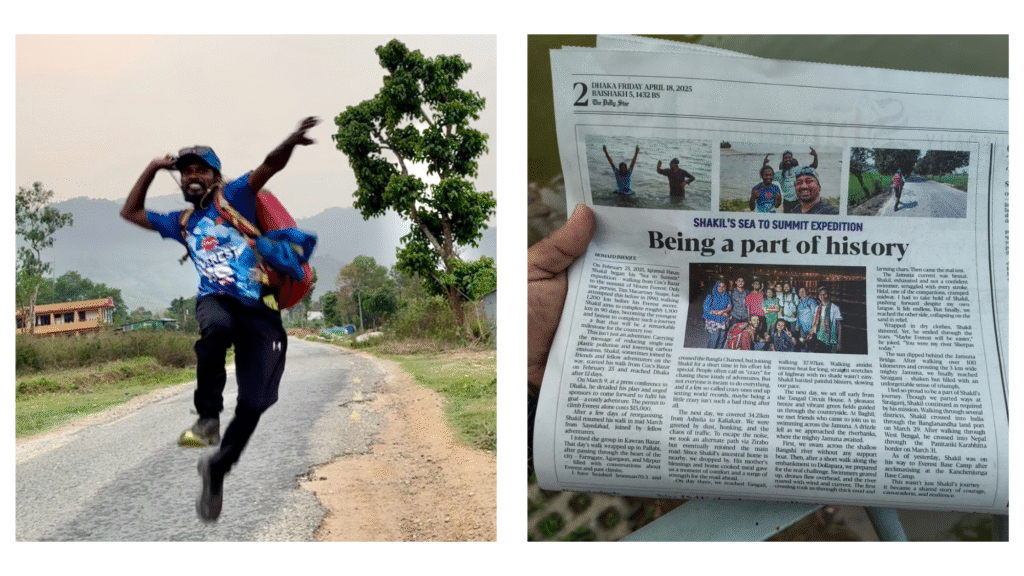
Why the Government Must Get Involved
Why should the government support mountaineering? The same reason it supports cricket, football, or athletics. These are not just sports — they are national pride. Mountaineering is also an internationally recognized sport. When a Bangladeshi climbs Everest, they carry the red and green flag to the highest point on Earth. That has meaning. That inspires young people. That brings the country hope. Supporting adventurers is not wasting money — it’s investing in pride, motivation, and identity.
A Flag That Speaks for a Nation
Shakil is now the seventh Bangladeshi to climb Everest, after names like Musa Ibrahim, Wasfia Nazreen, and Nishat Majumder. But his journey is unique. He walked, swam, and climbed with a cause. He didn’t just reach the top. He carried a powerful message about climate, consciousness, and courage.
From Doubt to Faith — What Shakil Taught Me
When I look back at that moment in February, when I told him not to go, I realize how wrong I was. He saw something I didn’t. He saw a higher purpose. He saw a Bangladesh that could dream bigger, walk further, and rise higher. And he proved it — with his feet, his strength, and his heart.
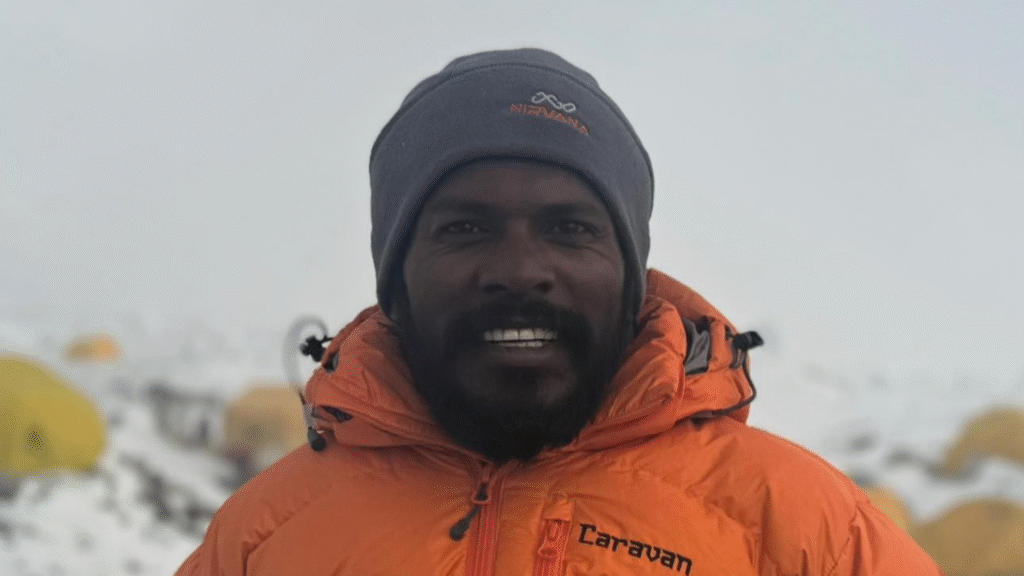
What’s Your Everest?
So if you’re reading this now, ask yourself: what’s your Everest? What goal are you afraid to chase because it feels too far? Shakil walked from the edge of the ocean to the top of the sky — not because he had everything, but because he believed. If he can do it, maybe it’s time we take our first step too.

